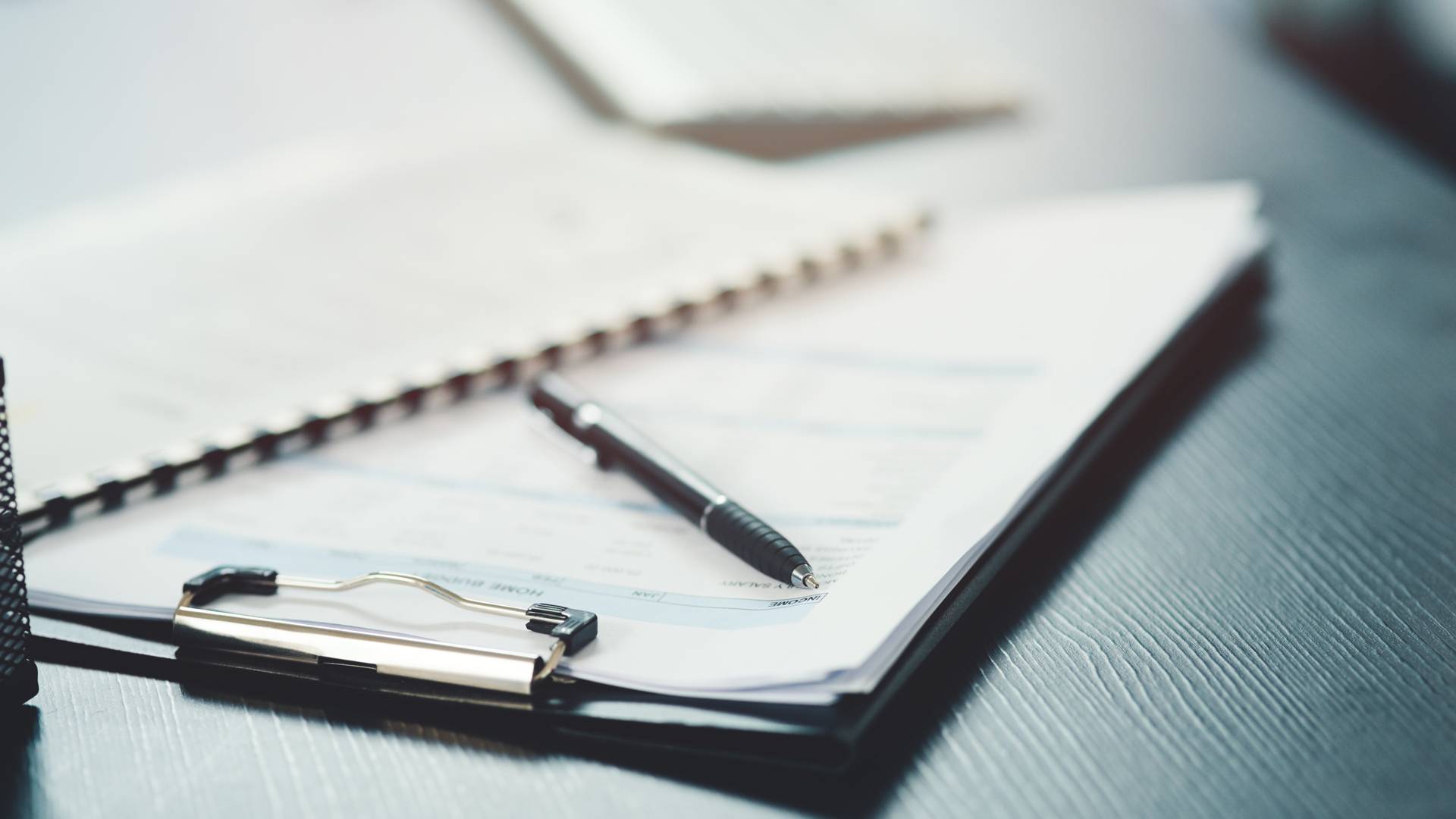Understanding Debts in Chapter 13 Bankruptcy
Not all debts are created equal, and if you're navigating financial challenges, this is an important distinction to understand. Some debts demand priority, while others may eventually be wiped away entirely. This balance between what stays and what goes is at the heart of Chapter 13 bankruptcy, where your financial future begins to take shape. Let's break it down.
Priority vs. Non-Priority Debts
What Are Priority Debts?
Priority debts are the obligations you can't walk away from, even in bankruptcy. Think of child support, alimony, or certain taxes. These debts take precedence because they play a key role in societal stability. While frustrating, knowing that some debts will stick with you can help you plan better. For instance, by accounting for these obligations early, you can create a payment strategy that avoids unnecessary surprises down the road.
Non-Priority Debts Explained
On the other hand, non-priority debts, like credit card balances or medical bills, are far more flexible. Under Chapter 13, these unsecured debts are usually addressed in a repayment plan that spans several years. You might end up paying just a portion of what you owe, with the remaining balance forgiven when the plan concludes. This breathing room can be life-changing, allowing you to focus on rebuilding while putting overwhelming debt behind you.
Secured and Unsecured Debts
Handling Secured Debts in Bankruptcy
Secured debts come with strings attached—in the form of collateral. Mortgages and car loans are common examples. While Chapter 13 doesn’t eliminate these debts outright, it provides an opportunity to work out more manageable terms. For many, this means keeping their home and vehicle, which are often critical to their livelihood. The ability to renegotiate these debts offers a chance not only to cope with financial challenges but to hold onto the stability these assets provide.
Shedding Unsecured Debts
Unlike secured debts, unsecured debts don’t have an asset backing them up. Credit card balances, personal loans, or unpaid utility bills fall into this category. Under Chapter 13, they’re usually the easiest to discharge. By the end of your repayment plan, these debts could vanish entirely, freeing you from a substantial financial weight. This aspect of Chapter 13 is why so many people turn to it when overwhelmed by unsecured debt. It’s a pathway to relief and recovery.
Special Considerations for Debt Discharge
The Hidden Risks of Recent Debt
Luxury Purchases and Bankruptcy
If you’ve recently splurged on luxury goods or services, be prepared for extra scrutiny. The law presumes that debts linked to extravagant purchases made shortly before filing are non-dischargeable. For instance, if you charged a pricey vacation or designer goods to your credit card within 90 days of filing, those debts likely won’t be erased. The bankruptcy system is designed to support those facing genuine hardship, not those looking to exploit a financial loophole.
Cash Advances Come With Strings Too
Taking a significant cash advance shortly before filing for bankruptcy also raises red flags. Advances made within 70 days of filing are generally excluded from discharge, as courts view them as an attempt to game the system. It’s important to review recent financial activity before filing, to ensure all transactions comply with the rules. Acting carefully can prevent future legal challenges that could complicate your case.
Debts That Stick Around
Non-Dischargeable Obligations
Some debts won’t disappear, no matter what. Student loans and certain tax liabilities top the list, as do debts related to fraud or harm caused while under the influence. While this might feel like an obstacle, knowing what to expect helps you plan. By calculating these enduring obligations into your financial goals, you can still move forward with clarity and control.
Life After Chapter 13 Bankruptcy
Rebuilding Your Financial Future
Emerging from Chapter 13 can feel like a fresh chance at life. Yet, starting anew requires a dedicated effort to rebuild smart financial habits. Secured credit cards or small, manageable loans are excellent tools for rebuilding your credit score. Paying bills on time every month will also prove to creditors that you’re a changed borrower, worthy of a second chance.
Another key step is monitoring your credit report. Ensure it accurately reflects discharged debts and flag any errors immediately. This vigilance not only prevents unnecessary setbacks, but it also helps strengthen the foundation of your new financial life.
Building Stability
A solid budget and emergency fund are your best allies moving forward. Budgeting allows you to track where every dollar goes, helping to avoid financial pitfalls. Meanwhile, an emergency fund provides a cushion for unexpected expenses, ensuring you don’t slip back into dependency on credit. Coupled with ongoing financial education or counseling, these habits pave the way toward lasting success.
Take the Next Step
Chapter 13 bankruptcy can be intimidating, but it’s also an incredible opportunity to take control of your finances and start again with a clean slate. If you’re ready to explore what relief looks like, don’t wait. Together, we’ll create a strategy to overcome your financial challenges and build a stronger tomorrow.
Call (937) 828-5534 today to speak with experienced legal professionals in Centerville, Ohio.

.2506251211346.jpg)